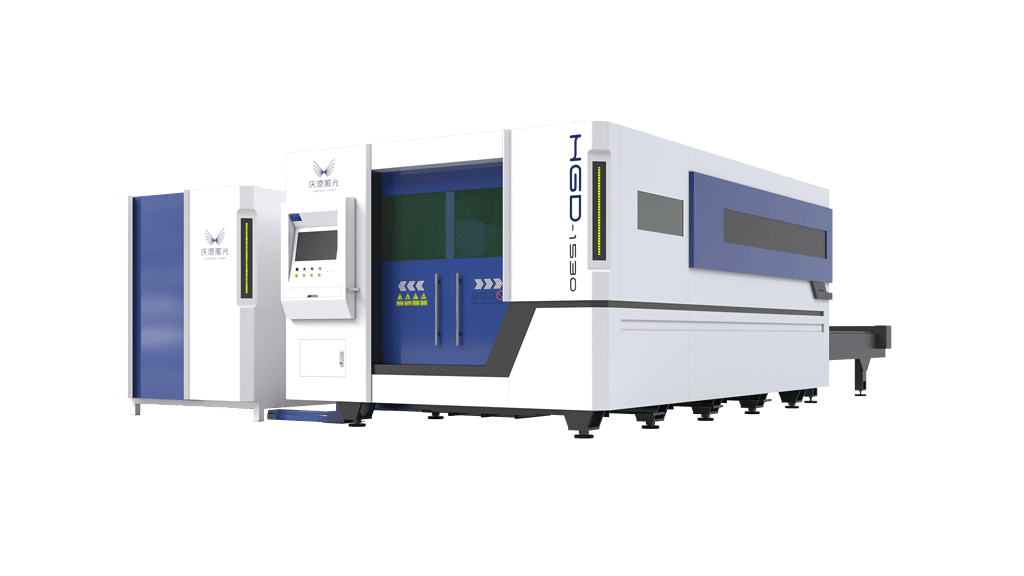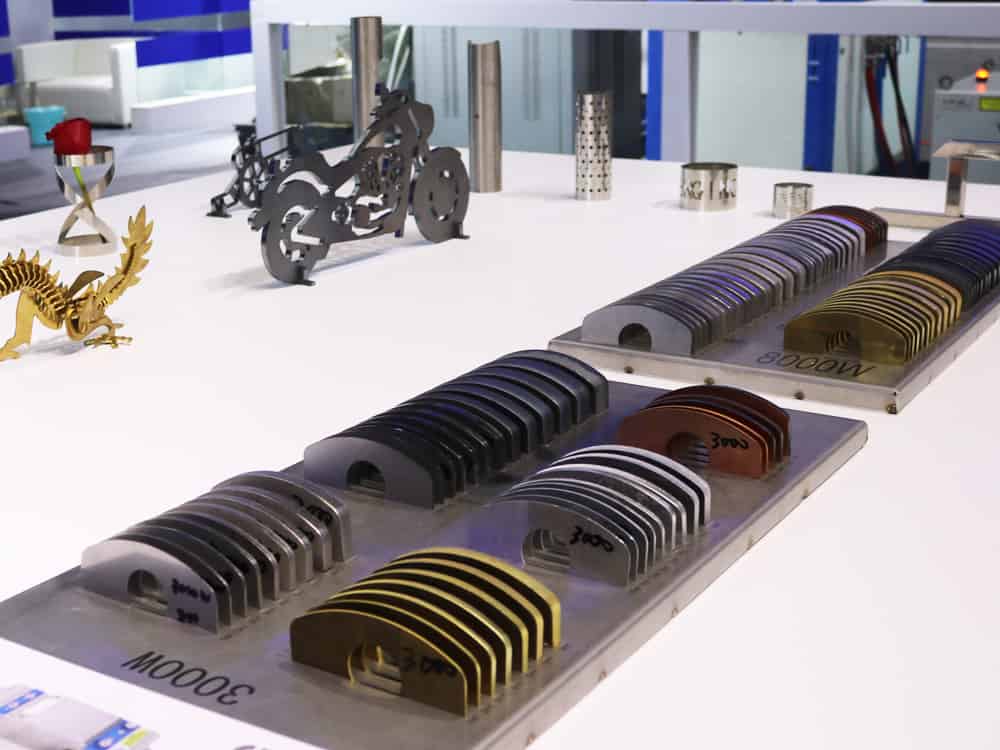
During the laser cutting process, choosing proper auxiliary gas is essential for ensuring cutting quality and improving cutting efficiency. This article will introduce the auxiliary gases that are commonly used in various metal materials when cutting laser cutting.
1. Carbon steel
Oxygen is generally used when laser cutting carbon steel. Oxygen cutting can be divided into positive focus and negative focus cutting. The section of the positive glue cutting surface is a bright or matte surface, and when using a high -power device, negative glue cutting can be used. The quality of the cutting section of the thick plate is slightly worse, but the cutting speed is fast and the efficiency is high. For thin plates, nitrogen or air can be cut for cutting, which is extremely efficient. However, it should be noted that when nitrogen or air cuts the carbon steel plate, the thicker the material, the more burrs.
2. Stainless steel
Laser cutting stainless steel is usually nitrogen or air. The effects of these two gas cutting are somewhat different. The section of nitrogen -cut stainless steel is silver -white, while the section of the air -cut stainless steel shows yellow and black. In addition, because the air contains oxygen and oxygen has a combustion effect, the speed of air cutting is often faster than nitrogen cutting.

3. Aluminum alloy
Nitrogen or air is usually used when laser -cut aluminum alloy. The sections of the two gas cutting are silver -white. Nitrogen -cut aluminum plate does not produce oxidation reactions. However, because aluminum itself is silver -white, although the air cutting is aerobic, the oxidized alumina is also white. It should be noted that the cutting speed of aluminum plate is faster than stainless steel.
4. Galvanized plate
Laser cutting galvanized plates usually use nitrogen or air, and the cutting principle is the same as cutting stainless steel.
5. Brass
Laser cutting brass usually use nitrogen or air, and the cutting principle is the same as cutting stainless steel.
6. Copper
Copper is a high -reflex material, and high -pressure oxygen is usually used when laser cutting. Part of the oxidation reaction of copper and oxygen can help reduce laser reflection back laser.
7. Titanium alloy
Air is usually used when laser -cut titanium alloy, which is the most economical and effective choice. However, if you want to keep the original metal color of titanium alloy, you should choose an inert gas, such as cutting gas for cutting, but this increases costs.
8. Composite board
For half stainless steel, half is the composite board of carbon steel. Generally, air cutting is usually used. The cutting principle is the same as the cutting stainless steel. Generally, the carbon steel surface is facing up and the stainless steel noodles are facing down.
9. Special metal material
For high -hardness special metal materials, you can try to use air for cutting. Due to the high hardness of such materials, the cutting speed may be slow, and the specific speed needs to be determined according to the size of the hardness. If the effect of air cutting is not good, you can try to use high -pressure oxygen for cutting. However, if all the above methods cannot be cut, you can only use traditional processing methods.
In conclusion
Overall, air -assisted cutting is an effective way to apply almost all metals. Compared with nitrogen cutting, the air cutting speed is faster and the cutting cost is lower, but the air compressor filtering device needs to be replaced regularly. It is hoped that this article will give users a better understanding of the auxiliary gases used in laser cutting of various metal materials.
